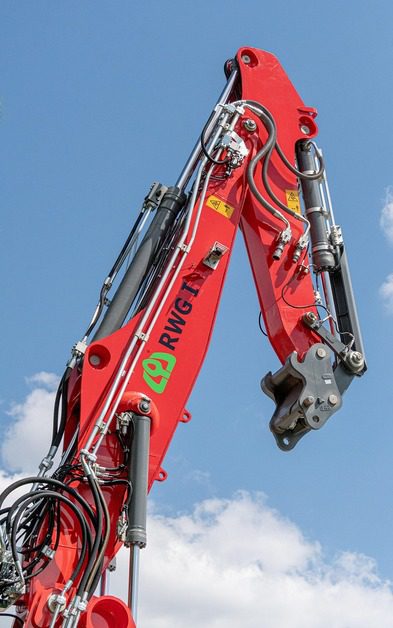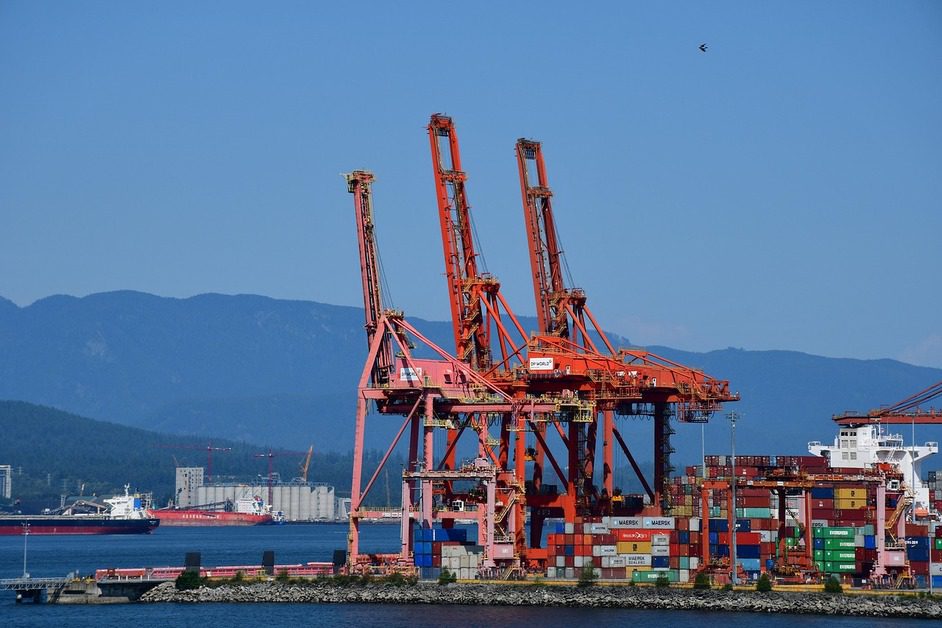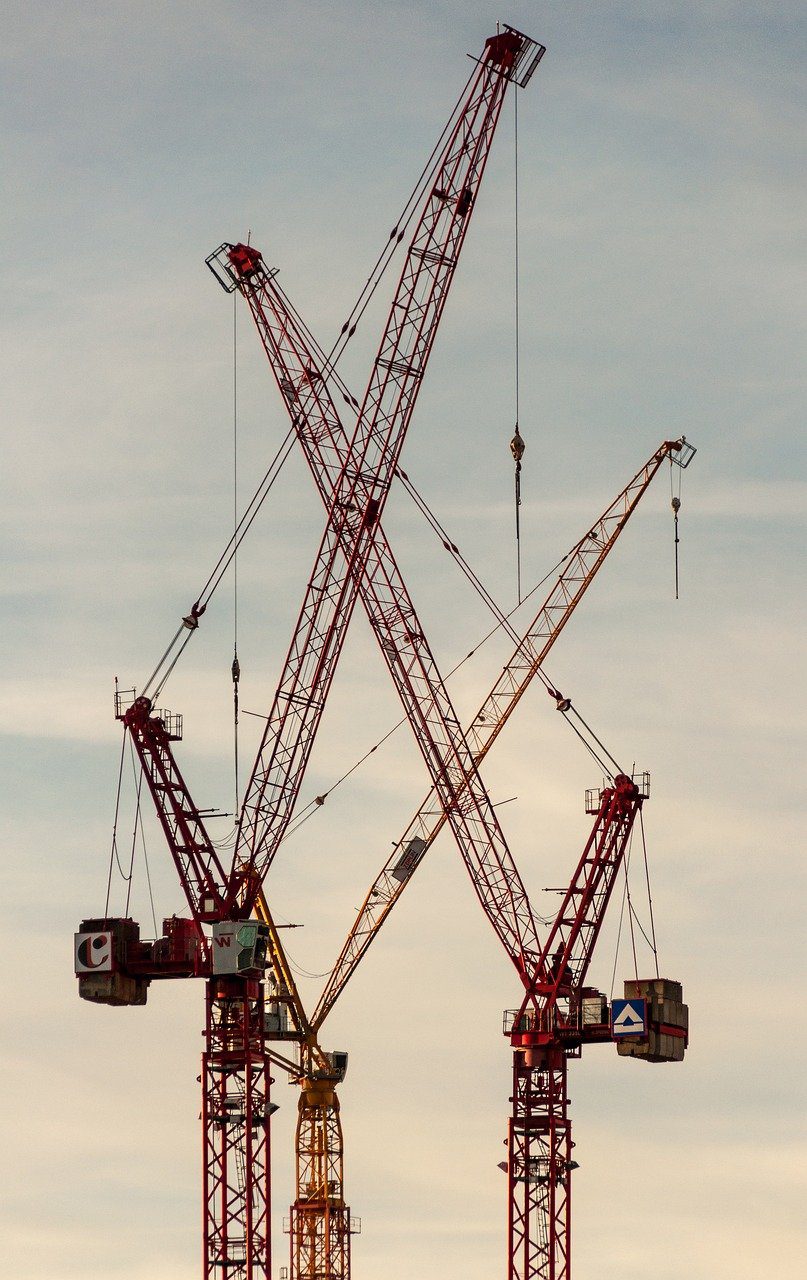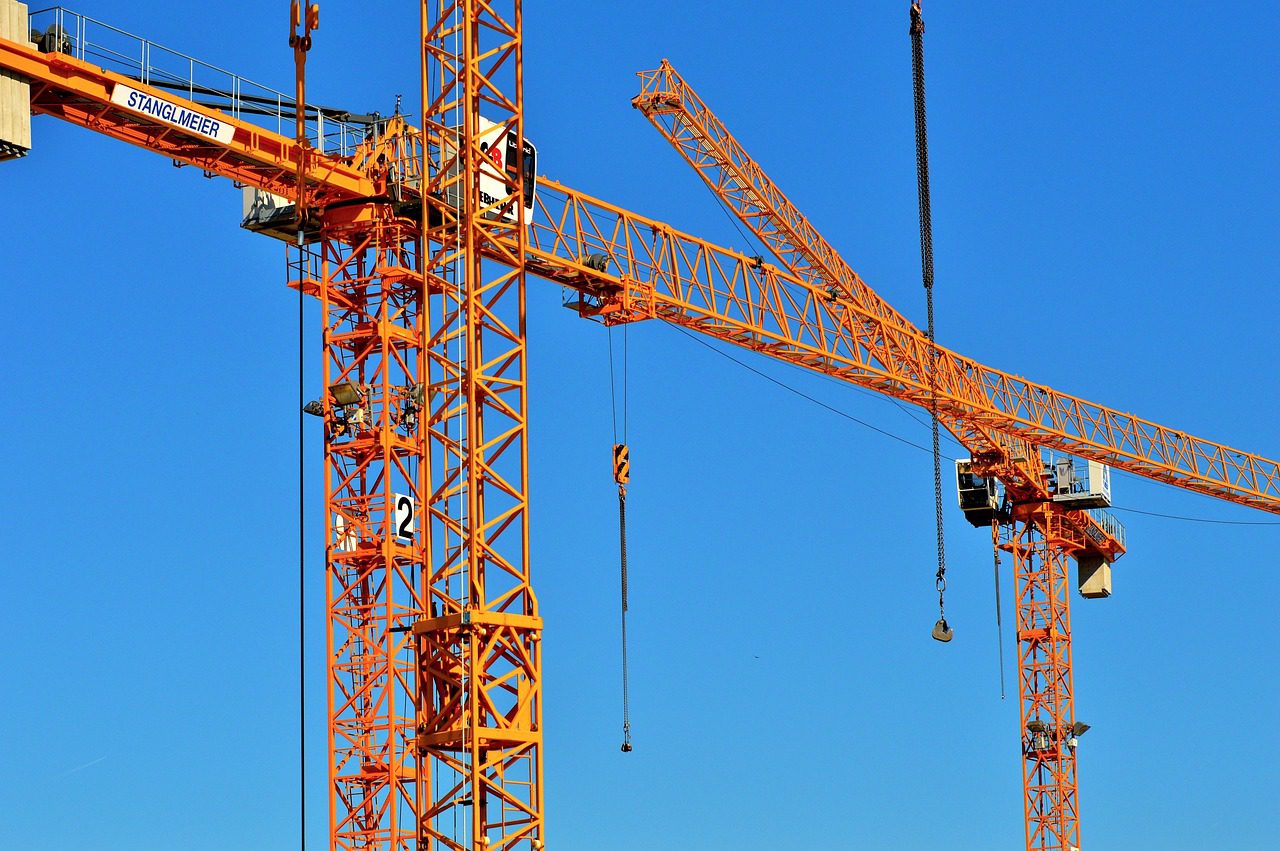
Proper documentation forms the backbone of effective crane safety programs, providing legal protection and operational continuity while ensuring regulatory compliance. Legal Documentation Framework Crane inspection documentation requirements establish the legal foundation for crane operation authorization and liability protection. Legal protection elements: Regulatory compliance verification Insurance...
Continue Reading
Understanding the crane inspection process helps operators prepare effectively and ensures nothing gets overlooked during these critical safety evaluations. Pre-Inspection Preparation Professional inspectors begin by reviewing equipment history, maintenance records, and previous inspection reports. This preparation phase identifies potential focus areas and ensures comprehensive coverage....
Continue Reading
Understanding different crane inspection types is crucial for maintaining workplace safety and regulatory compliance. Each inspection serves a specific purpose in identifying potential hazards before they become catastrophic failures. Daily Pre-Use Inspections Every crane operation begins with a thorough pre-use inspection. This quick but essential...
Continue Reading
Tower crane inspection demands specialized expertise due to these machines' complexity, height, and critical role in major construction projects. Professional inspection standards ensure structural integrity while protecting workers and surrounding communities from catastrophic failures. Regulatory Framework Overview Tower crane inspections operate under stringent regulatory oversight...
Continue Reading
Mobile cranes present unique inspection challenges due to their versatility, frequent transportation, and varied operating environments. These machines require comprehensive examination protocols that address both mobile-specific systems and standard crane components. Regulatory Foundation and Standards Mobile crane inspections must comply with multiple regulatory frameworks that...
Continue Reading
Determining the correct inspection frequency for overhead cranes directly impacts workplace safety and regulatory compliance. Different usage patterns, environmental conditions, and crane classifications require tailored inspection schedules that balance safety with operational efficiency. Understanding Inspection Classifications Overhead crane inspections fall into distinct categories, each serving...
Continue Reading
Load testing represents the most critical verification process in crane safety management. This comprehensive procedure validates that cranes can safely handle their rated capacities while identifying potential structural weaknesses before they become catastrophic failures. Understanding Load Testing Fundamentals Load testing involves applying predetermined weights to...
Continue Reading
Becoming a certified crane inspector requires meeting specific qualifications that ensure safety and competence in the field. The crane inspection industry demands professionals who understand complex mechanical systems, safety protocols, and regulatory compliance. Essential Educational Background Most employers require a high school diploma or equivalent,...
Continue Reading
Many crane operators confuse inspections with certifications, leading to compliance gaps and safety risks. Understanding these distinctions is essential for proper crane management and regulatory adherence. What is Crane Inspection? Crane inspection is an ongoing process of examining equipment condition and functionality. These evaluations occur...
Continue Reading
Daily pre-use inspections represent the first line of defense against crane-related accidents, requiring systematic attention to critical components before each operational period. Legal Requirements for Pre-Use Inspections OSHA crane inspection requirements mandate pre-use inspections for all crane operations, making this checklist legally required rather than...
Continue Reading